Home>Home Maintenance>6 Tips For Gutter Maintenance To Solve Common Problems


Home Maintenance
6 Tips For Gutter Maintenance To Solve Common Problems
Modified: February 23, 2024
Ensure your gutters are problem-free with these 6 helpful tips for home maintenance. Say goodbye to common issues with our expert advice.
(Many of the links in this article redirect to a specific reviewed product. Your purchase of these products through affiliate links helps to generate commission for Storables.com, at no extra cost. Learn more)
Importance of Gutter Maintenance
Gutter maintenance is a crucial aspect of home maintenance that is often overlooked. While they may seem insignificant, gutters play a vital role in protecting your home from water damage. They help to redirect rainwater away from the foundation, preventing leaks, basement flooding, and soil erosion.
Regular gutter maintenance is essential to ensure that they function properly and effectively. Neglecting gutter maintenance can lead to a range of problems, including clogged gutters, leaks, and even structural damage. By following these six tips for gutter maintenance, you can solve common gutter problems and keep your home safe.
Key Takeaways:
- Regular gutter maintenance, including cleaning, debris removal, and leak repairs, is essential to prevent clogs, water damage, and pest infestations. It also ensures effective water flow and a healthier home environment.
- Preventing ice dams through proper insulation, ventilation, and proactive measures such as heating cables and snow removal helps protect gutters and prevent potential water damage during the winter months.
Tip 1: Regular Cleaning
Regular cleaning is the foundation of effective gutter maintenance. Over time, leaves, twigs, and other debris can accumulate in your gutters, causing clogs and obstructing the flow of water. It is recommended to clean your gutters at least twice a year, in the spring and fall.
To clean your gutters, start by removing any large debris by hand or using a small garden trowel. Place the debris in a bucket or tarp for easy disposal. Then, use a garden hose to flush out the remaining dirt and smaller particles. Be sure to start at the downspout and work your way towards the other end of the gutter.
Regular cleaning not only prevents clogs but also allows you to identify any damage or issues with your gutters. Look out for signs of rust, sagging, or loose joints during the cleaning process. Timely identification of these problems can help you address them promptly and prevent further damage to your gutters and your home.
Additionally, cleaning your gutters regularly ensures that rainwater can flow freely, avoiding stagnant water buildup. Stagnant water in your gutters can attract pests, such as mosquitoes, and contribute to the growth of mold and mildew. By maintaining clean gutters, you create a healthier environment for your home and reduce the risk of water-related issues.
Tip 2: Removing Debris
In addition to regular cleaning, it is important to remove any debris that may accumulate in your gutters between cleanings. Loose branches, leaves, and other objects can find their way into your gutters, causing blockages and preventing proper water flow.
One effective method for removing debris is using a gutter scoop or a small handheld trowel. Carefully scoop out any debris, taking care not to damage the gutter itself. Place the debris in a bucket or tarp for easy disposal.
If your gutters are too high for you to safely reach, consider using a ladder or hiring a professional gutter cleaning service. It’s crucial to prioritize your safety when working at heights, so if you’re unsure, it’s best to seek professional assistance.
Regularly removing debris from your gutters helps to prevent clogs and ensures that rainwater can freely flow through the gutters and downspouts. This not only protects your home from water damage but also helps to maintain the overall structural integrity of your gutters.
Furthermore, removing debris from your gutters reduces the risk of attracting pests. Leaves and other organic material can provide an inviting habitat for insects, rodents, and even birds. By keeping your gutters clear of debris, you minimize the potential for pest infestations around your home.
Tip 3: Checking for Clogs
Checking for clogs is an essential part of gutter maintenance. Even with regular cleaning and debris removal, clogs can still occur, especially during heavy rain or when nearby trees shed their leaves.
One way to check for clogs is to observe the flow of water during a rainstorm. If you notice that water is overflowing from your gutters or pooling near the downspouts, it is a sign of potential clogs. Additionally, check for any signs of water damage, such as discoloration or peeling paint on your home’s exterior, which may indicate a clog.
To clear clogs, start by using a plumber’s snake or a pressure washer to break up the debris and flush it out. Insert the snake or the pressure washer hose into the downspout and work it up towards the gutter. Alternatively, you can use a high-pressure nozzle attachment on your garden hose to force the clog out.
If you are unable to clear the clog on your own or if the clog persists, it is best to seek professional help. Clogs left unaddressed can lead to overflowing gutters and water damage to your home’s foundation, walls, and roof.
Regularly checking for clogs and promptly addressing them ensures that your gutters can effectively channel rainwater away from your home. By maintaining a clear pathway for water flow, you minimize the risk of water damage and maintain the longevity of your gutters.
Regularly clean out your gutters to prevent clogs and water damage. Use a sturdy ladder and gloves for safety.
Tip 4: Repairing Leaks
One of the common problems with gutters is leaks. Over time, gutters can develop leaks due to wear and tear, rust, or damage from severe weather conditions. It is essential to identify and repair these leaks to maintain the effectiveness of your gutters in redirecting rainwater away from your home.
To identify leaks, inspect your gutters during a rainstorm or hose them down to simulate rainfall. Look for any signs of water dripping or seeping through the gutters or joints. Pay attention to areas such as corners, seams, and connections between gutters and downspouts, as these are common areas for leaks to occur.
Once you have identified the source of the leak, there are several methods for repairing it. For small leaks or cracks, you can use gutter sealant or silicone caulk to seal the affected area. Apply the sealant or caulk according to the manufacturer’s instructions, ensuring that the area is thoroughly cleaned and dry before application.
For larger or more significant leaks, you may need to replace a section of the gutter or repair the damaged portion. In this case, it is advisable to consult a professional gutter repair service to ensure proper replacement or repair techniques.
It is important to address leaks promptly, as they can lead to water damage to your home’s exterior, foundation, and landscaping. Leaks can also contribute to the growth of mold and mildew in your home, which can pose health risks to you and your family.
By repairing leaks in your gutters, you ensure that rainwater is properly channeled away from your home, reducing the risk of water damage and maintaining the integrity of your gutters for years to come.
Read more: How To Clean Very High Gutters
Tip 5: Securing Loose Gutters
Over time, gutters may become loose or detached from your home due to various factors, including strong winds, heavy rain, or improper installation. Loose gutters can compromise their effectiveness in directing rainwater away from your home and can lead to potential damage.
To secure loose gutters, start by inspecting the fasteners that hold your gutters in place. Look for any loose screws, bolts, or brackets and tighten them as necessary. If the existing fasteners are damaged or missing, replace them with new ones to ensure a secure connection.
In some cases, the gutter itself may need to be adjusted or repositioned to secure it properly. Use a level to ensure that the gutters have the correct slope for optimal water flow. If the gutters are not properly aligned or are sagging, make the necessary adjustments to realign and secure them.
If you notice any damage to the gutter, such as cracks or holes, repair or replace those sections as needed. It is important to address any damage promptly to avoid further deterioration and potential water damage to your home.
Additionally, consider adding gutter guards or screens to help prevent debris from accumulating and clogging your gutters in the first place. These protective measures can help extend the lifespan of your gutters and reduce the frequency of maintenance requirements.
By securing loose gutters, you ensure that they function optimally in diverting rainwater away from your home. This not only protects your home’s foundation and walls but also helps maintain the overall structural integrity of your gutters.
Tip 6: Preventing Ice Dams
During the winter months, one common problem that homeowners face is the formation of ice dams on their gutters. Ice dams occur when melting snow refreezes at the edge of the roof, preventing proper drainage and causing water to back up under the shingles.
To prevent ice dams, proper insulation and ventilation in your attic play a crucial role. A well-insulated attic helps to keep the heat inside your home, preventing excessive snow melting on the roof. Good attic ventilation allows for proper air circulation, which helps regulate the temperature and prevent ice dam formation.
In addition to insulation and ventilation, there are a few other preventive measures you can take to reduce the risk of ice dams. One effective method is to install heating cables along the edge of your roof and inside your gutters. These cables will help melt the snow and prevent the formation of ice dams.
Another preventive measure is to remove snow from your roof after a heavy snowfall. Use a roof rake or a long-handled broom to carefully reach the edges of the roof and remove excess snow. This will minimize the amount of snow available to melt and form ice dams.
Furthermore, ensuring that your gutters are clean and free of debris can help prevent ice dams. Clogged gutters can trap water, which can freeze and contribute to the formation of ice dams. Regular cleaning and maintenance of your gutters will help in preventing this issue.
If you notice the formation of ice dams on your roof, it is important to address the issue promptly. Using a roof rake, you can carefully break up the ice dams or create channels to allow the water to flow off the roof. However, it is recommended to hire a professional if the ice dams are extensive or if you are unsure how to safely remove them.
Preventing ice dams is crucial to avoid potential water damage to your home’s roof, attic, and walls. By implementing these preventive measures, you can protect your gutters and maintain the integrity of your home during the winter season.
Frequently Asked Questions about 6 Tips For Gutter Maintenance To Solve Common Problems
Was this page helpful?
At Storables.com, we guarantee accurate and reliable information. Our content, validated by Expert Board Contributors, is crafted following stringent Editorial Policies. We're committed to providing you with well-researched, expert-backed insights for all your informational needs.
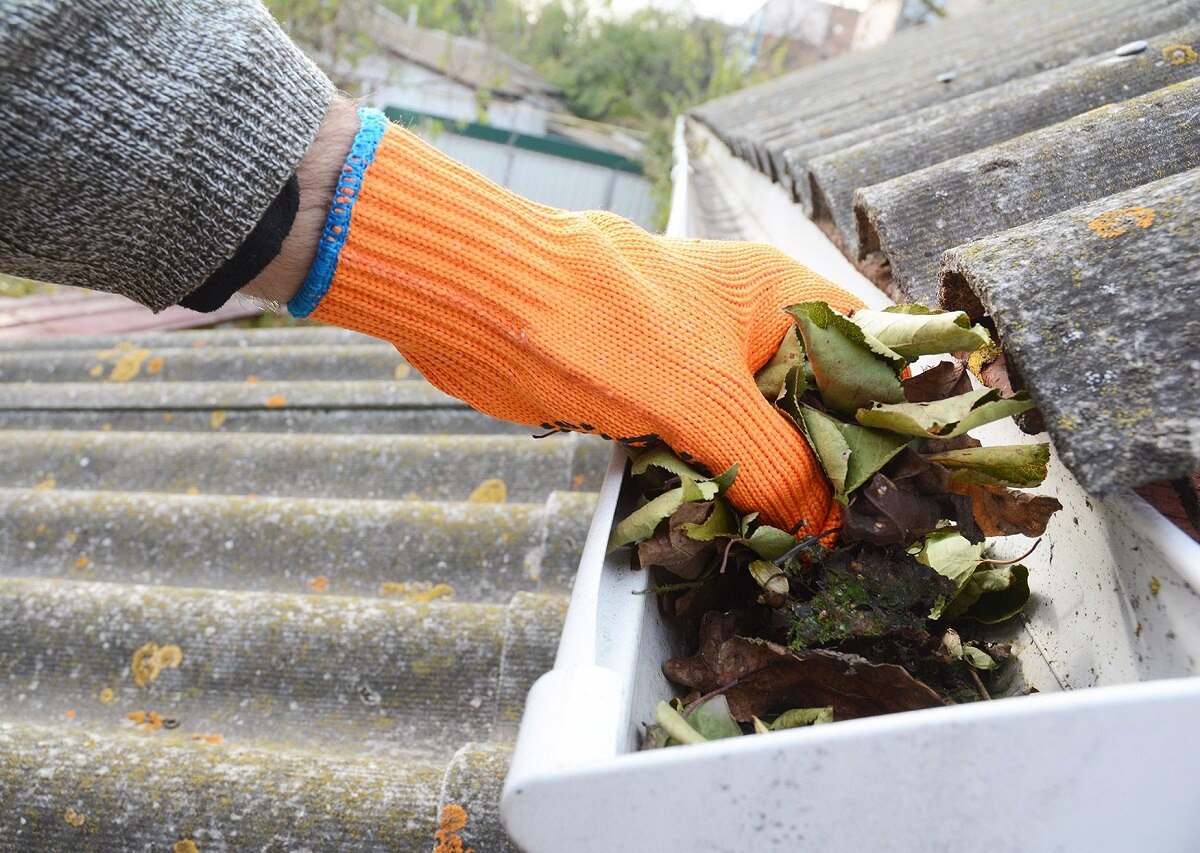
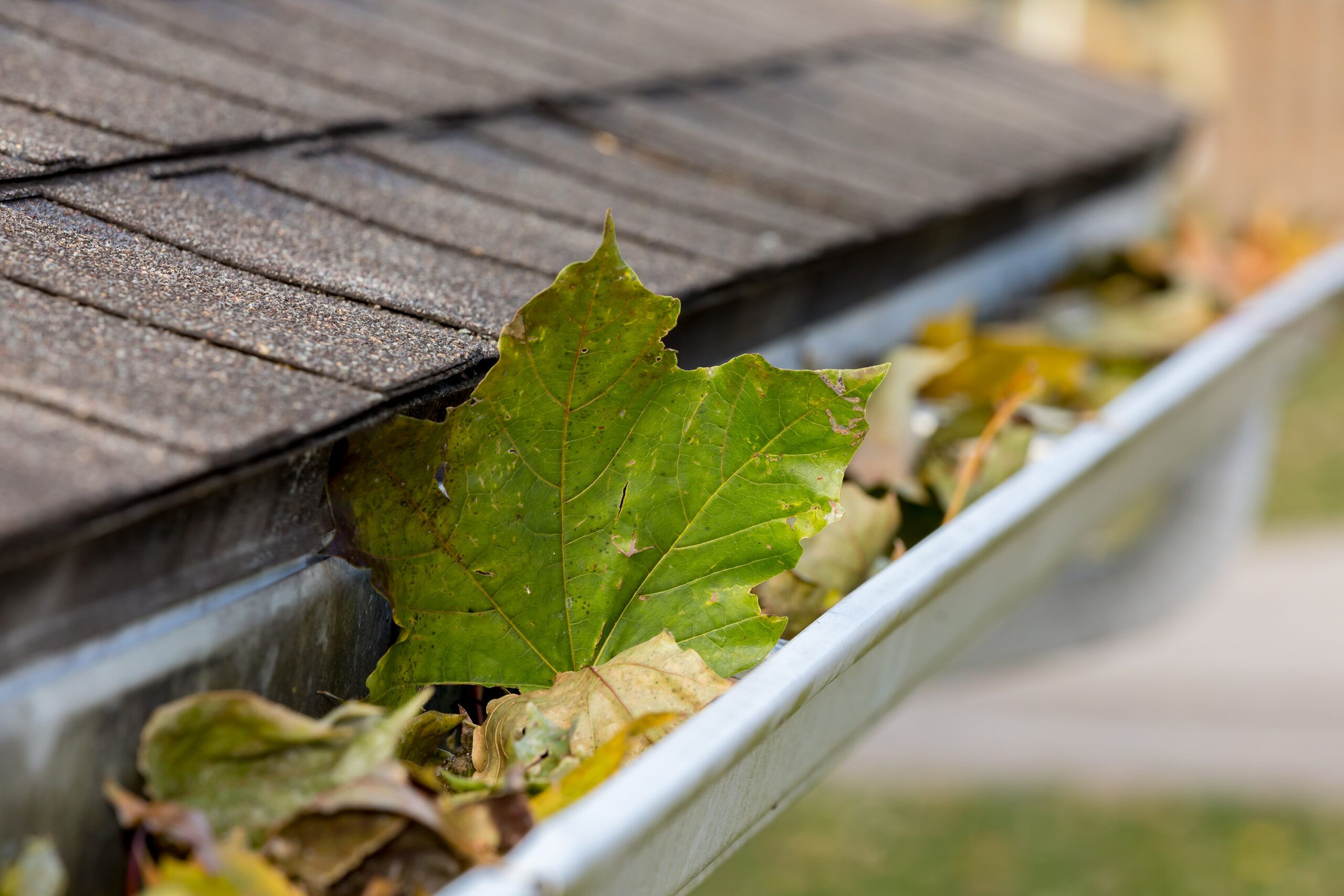
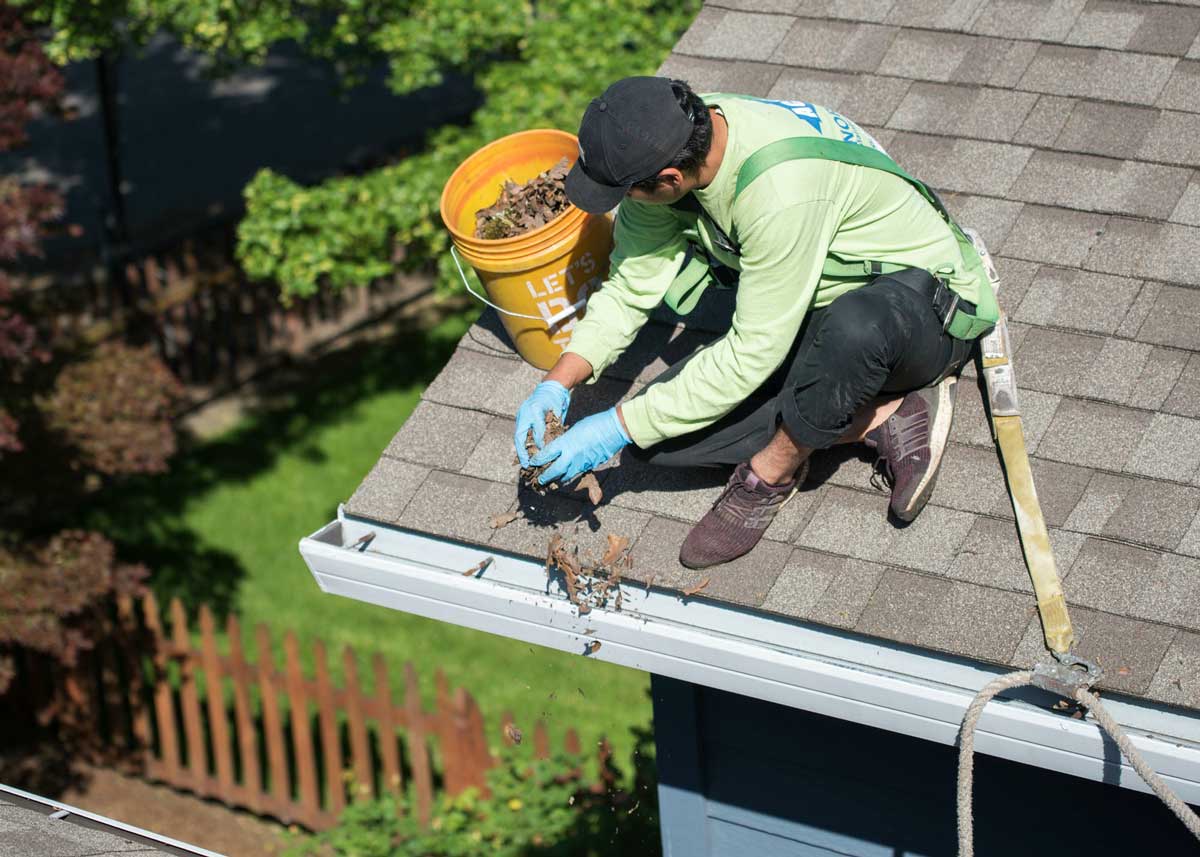
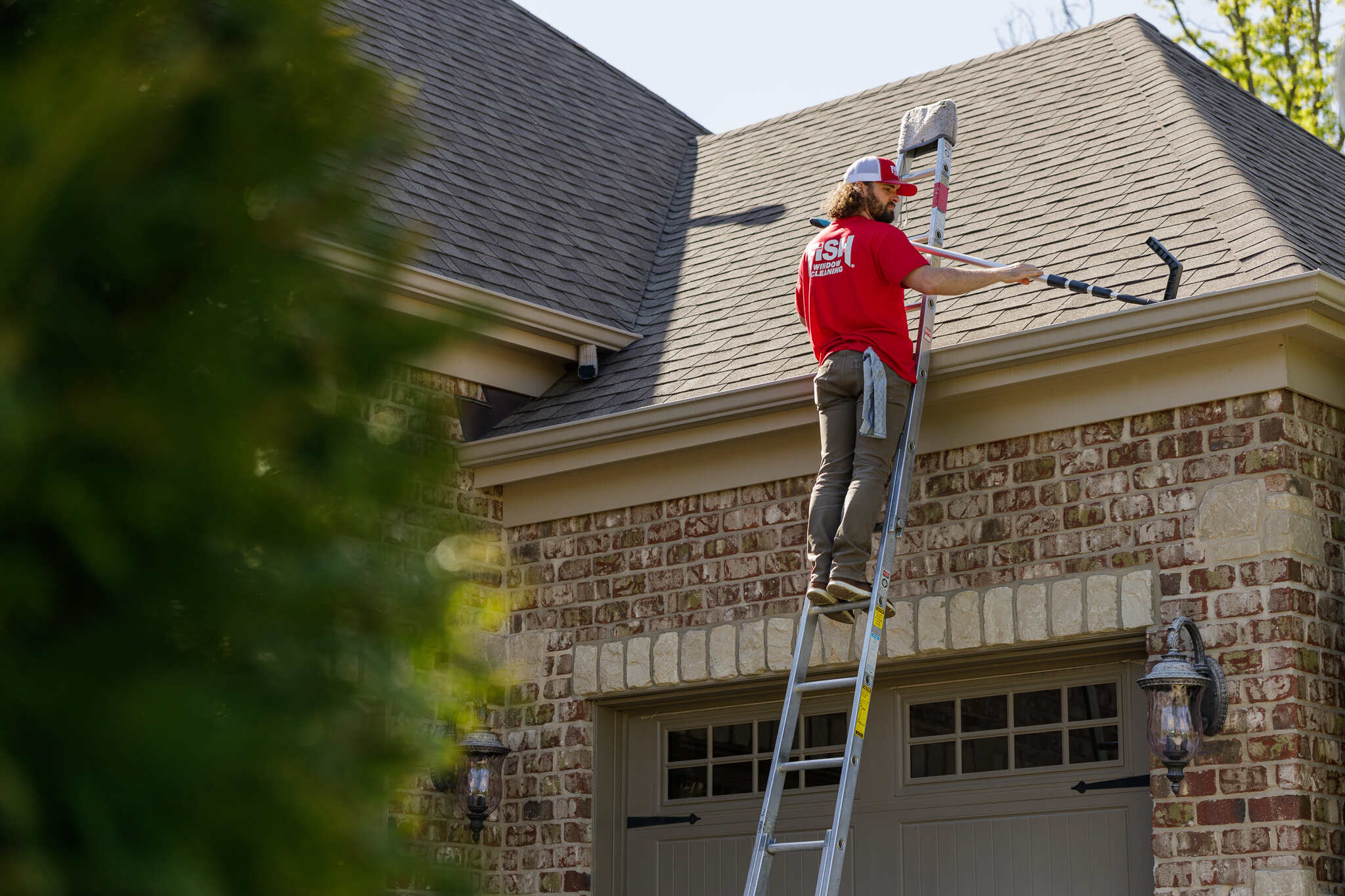
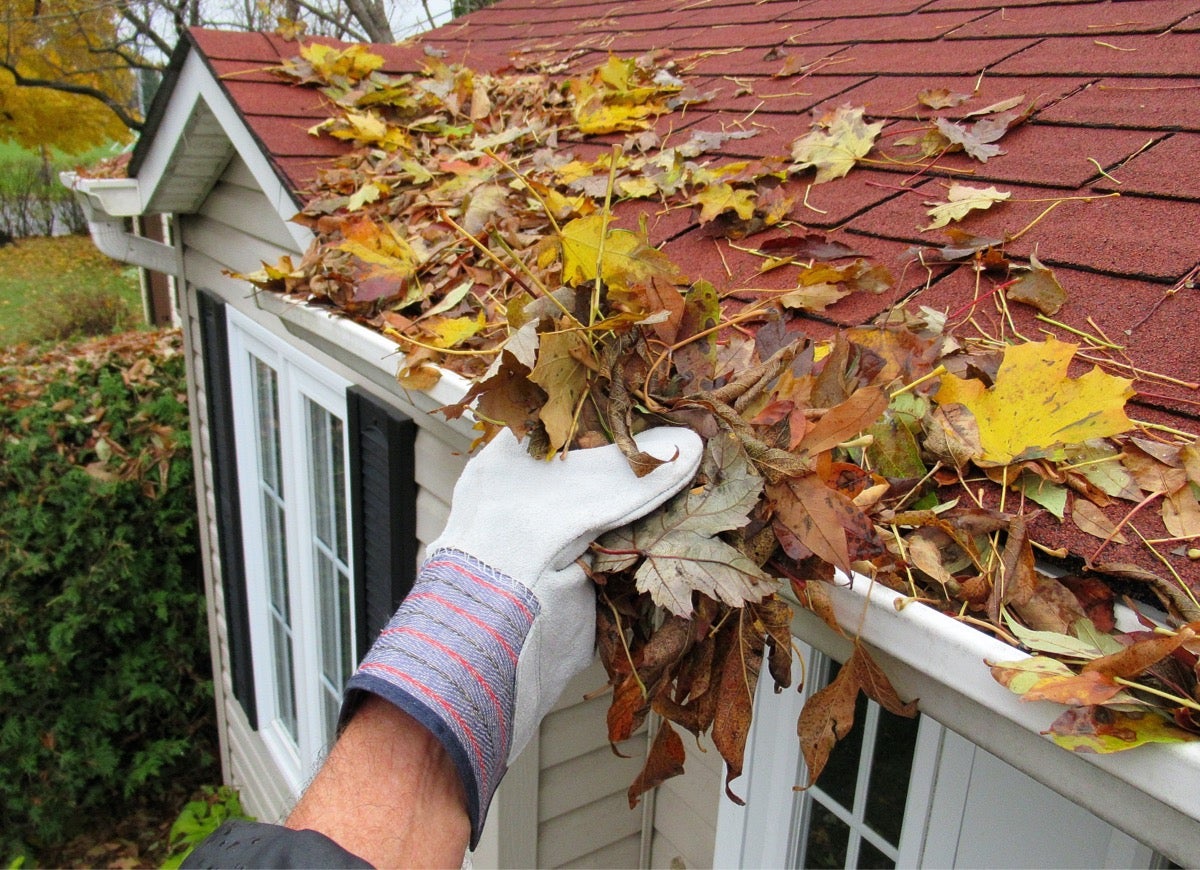
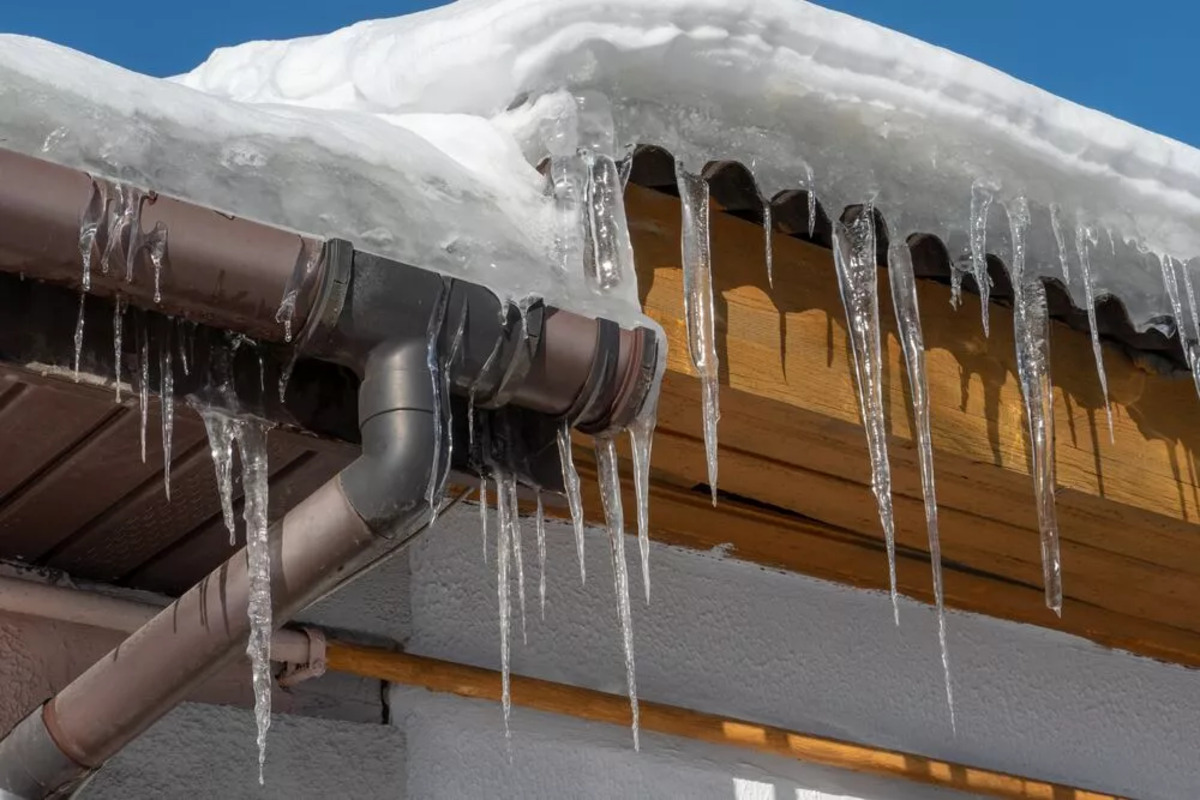
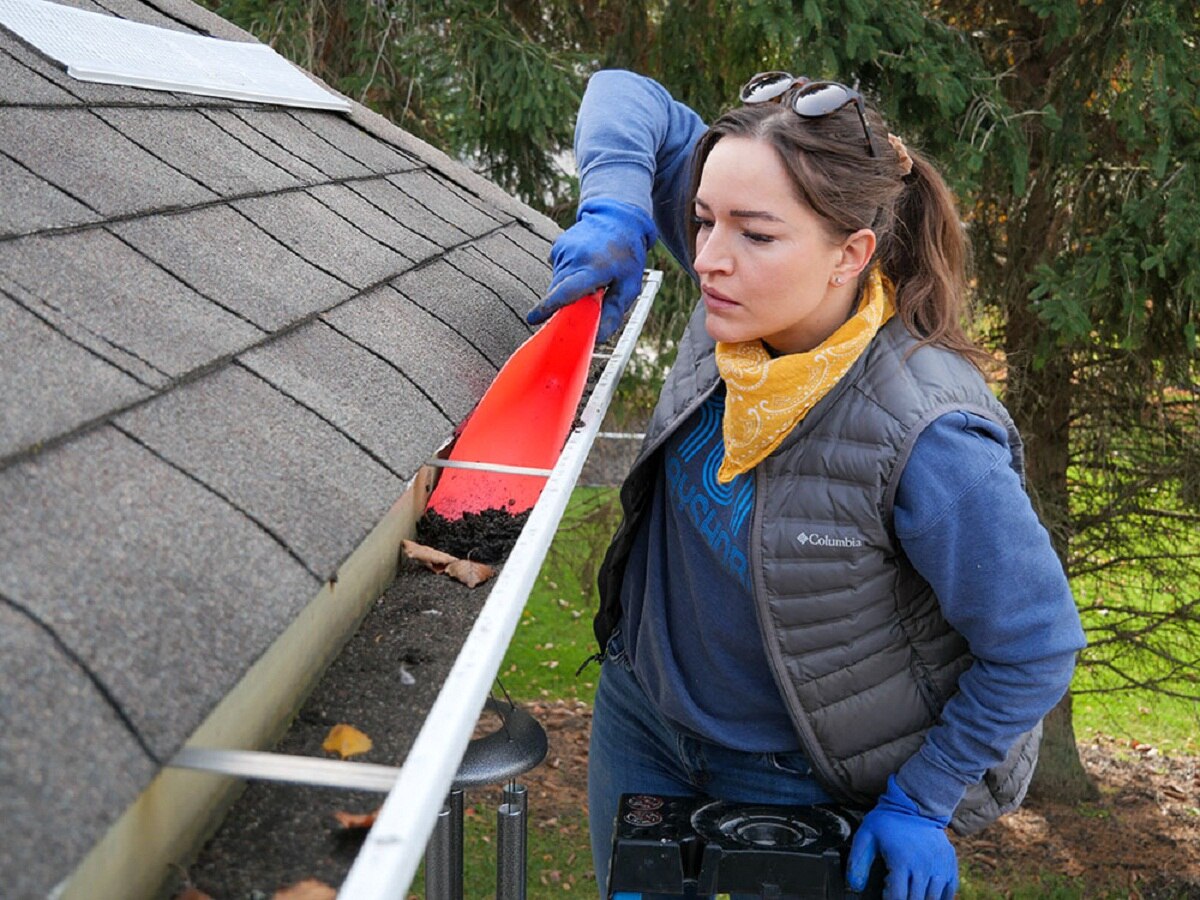
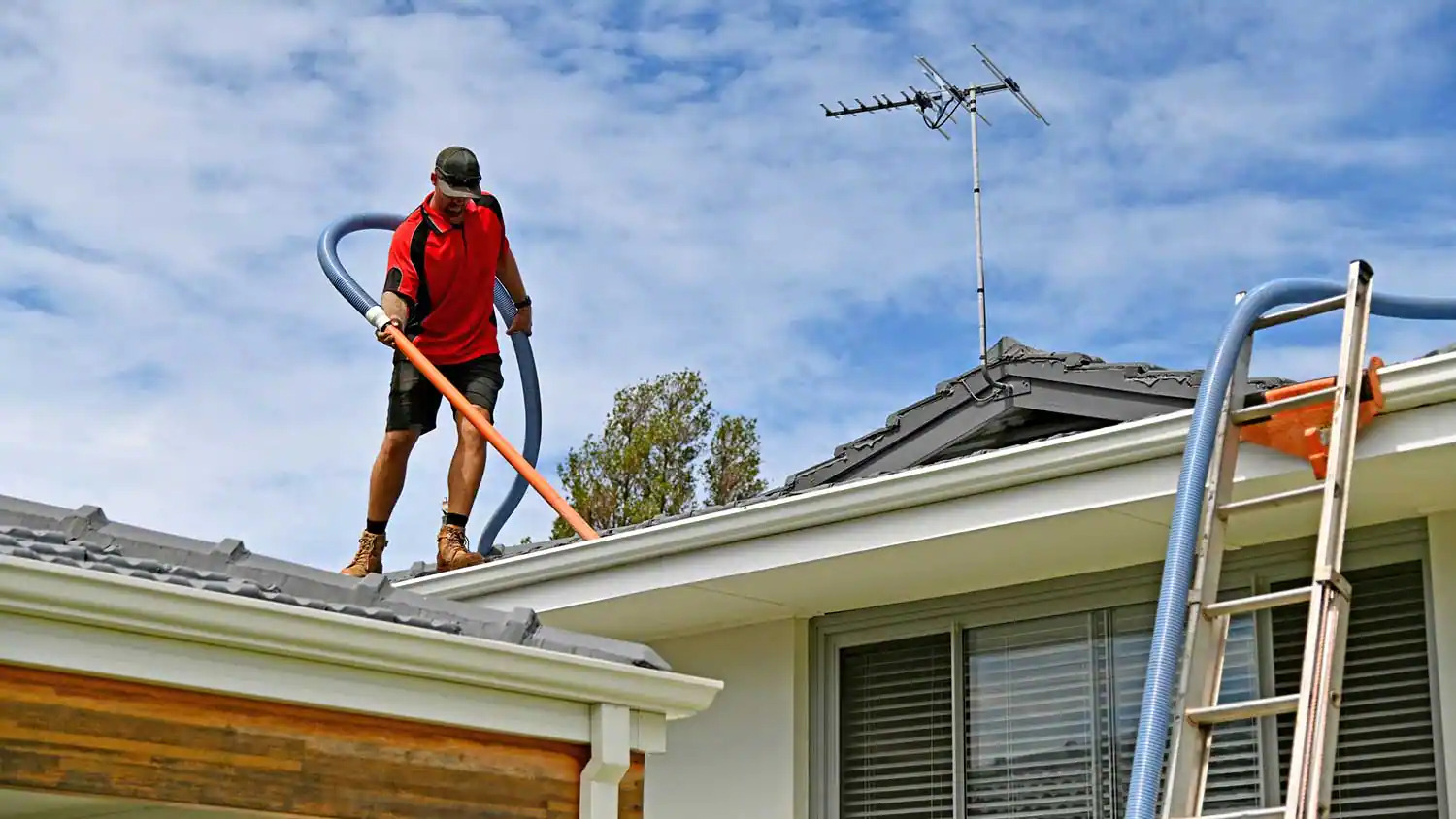
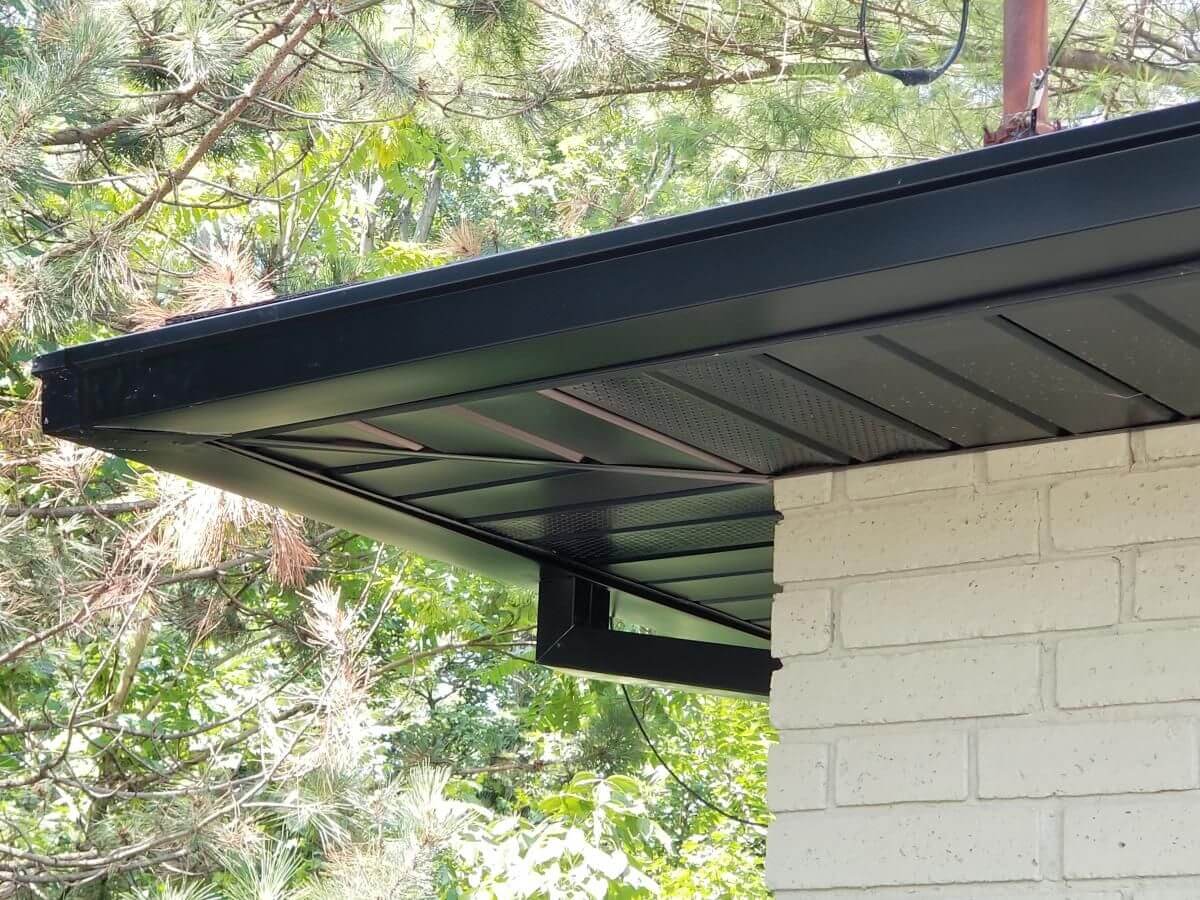
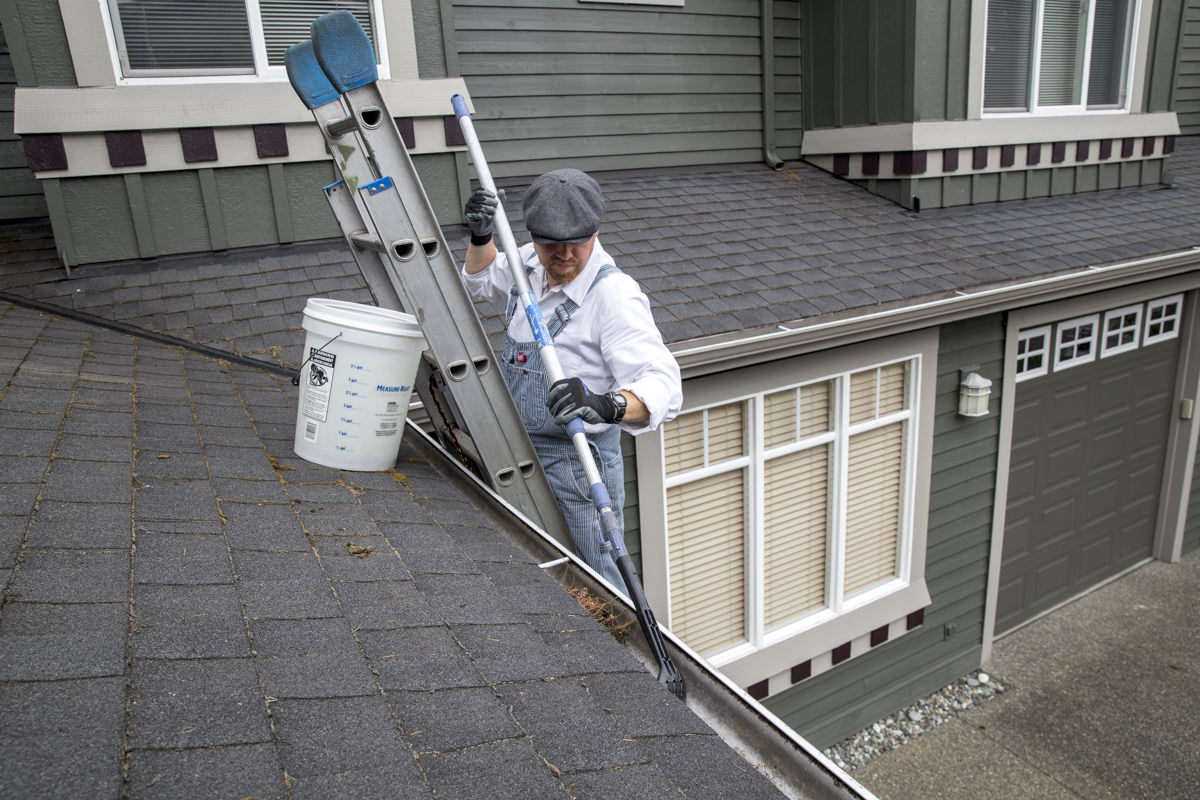
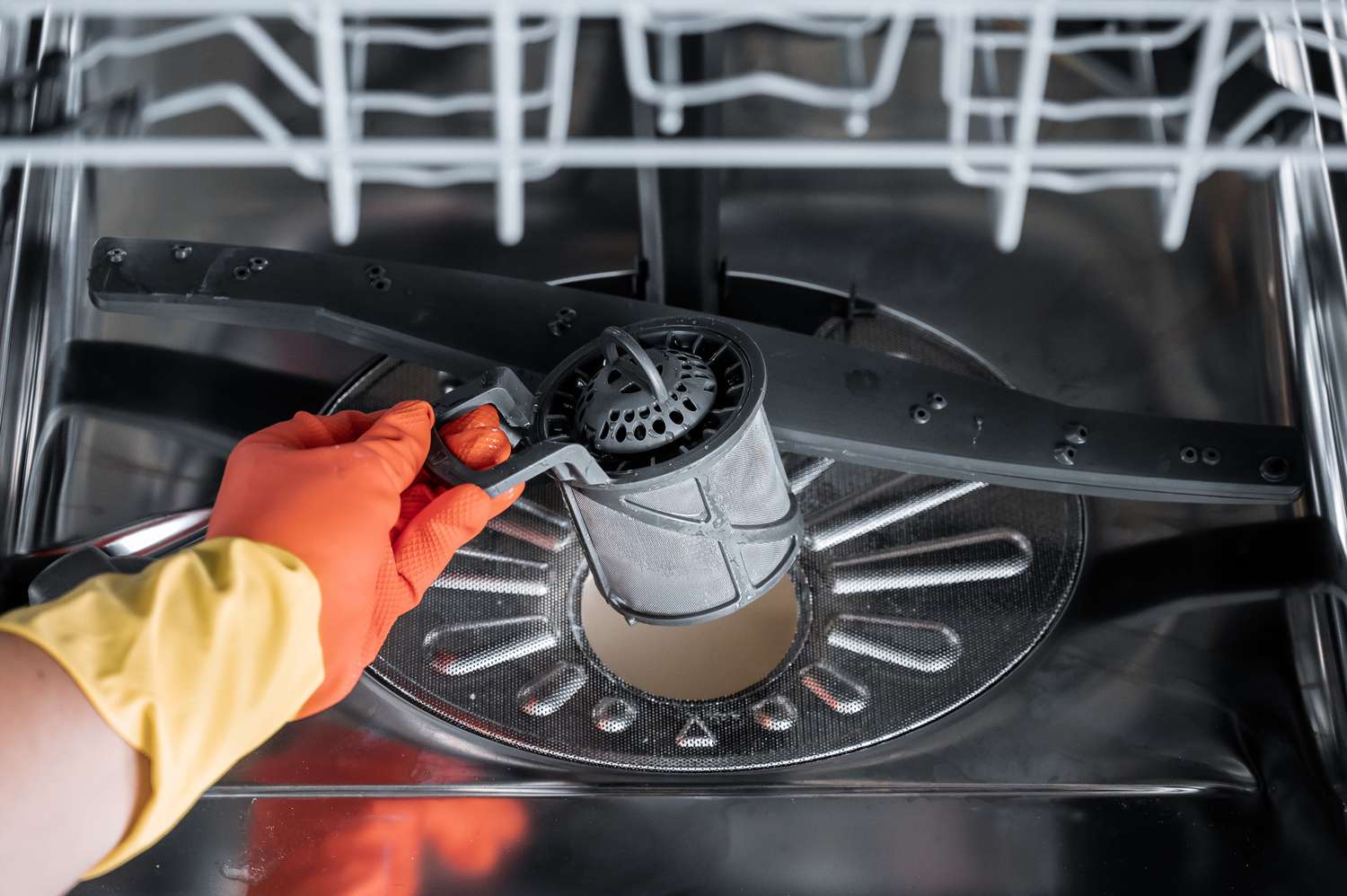
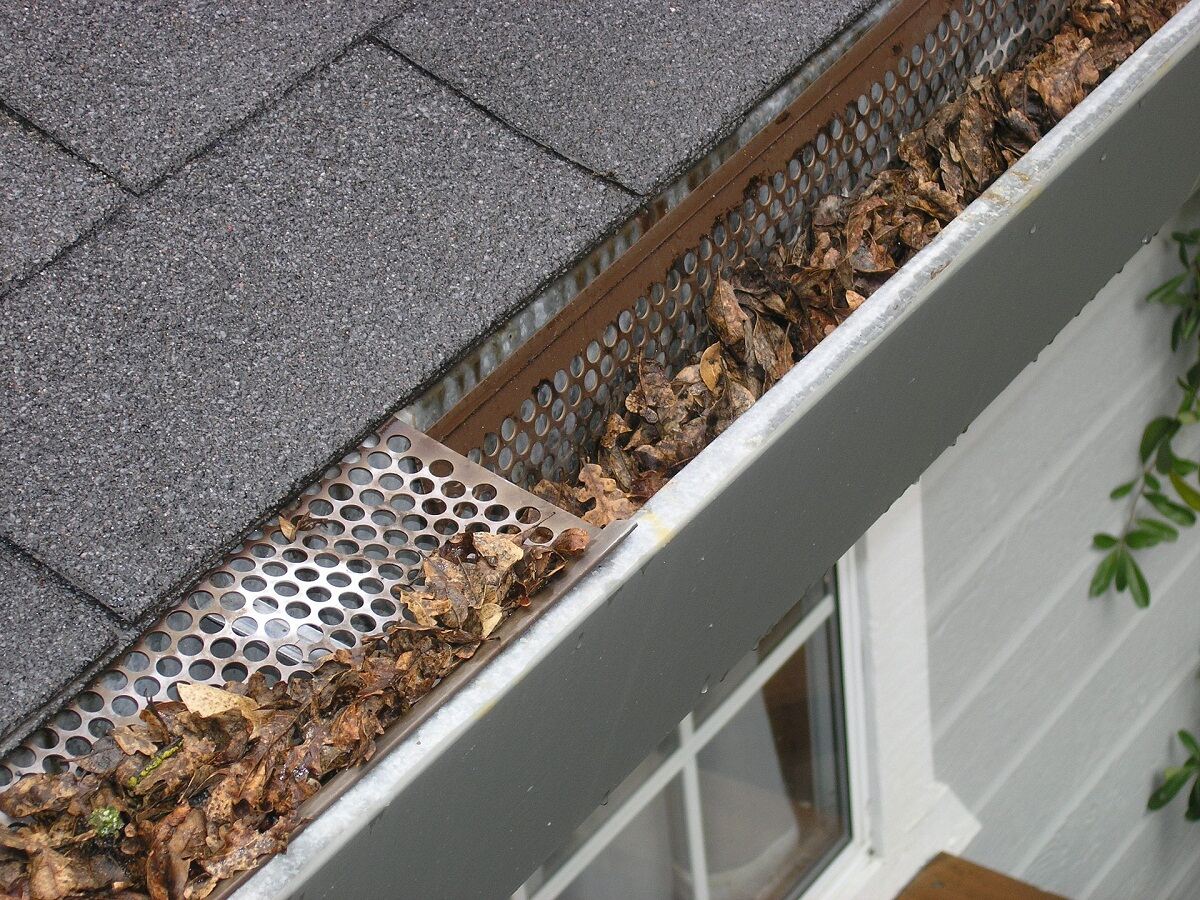
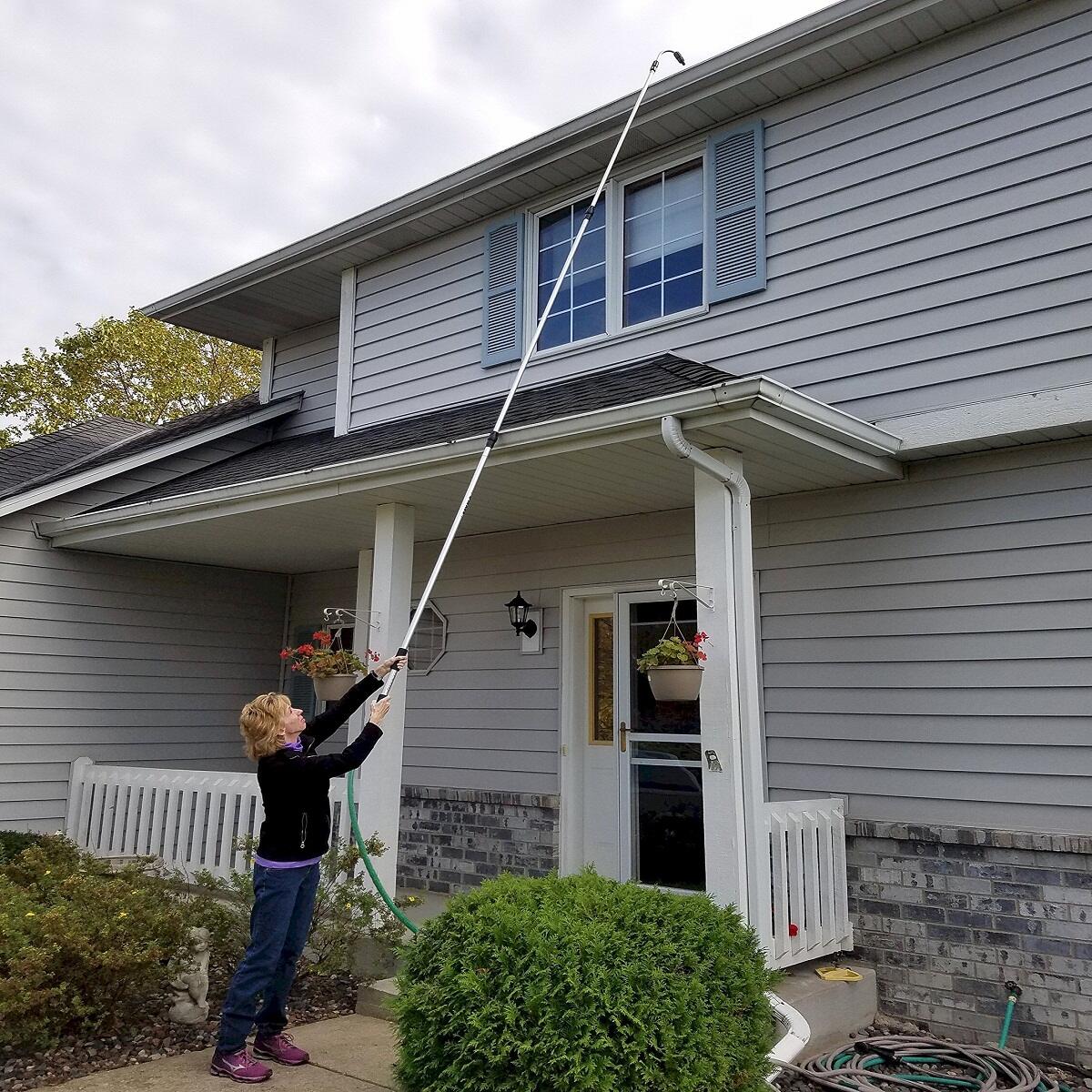
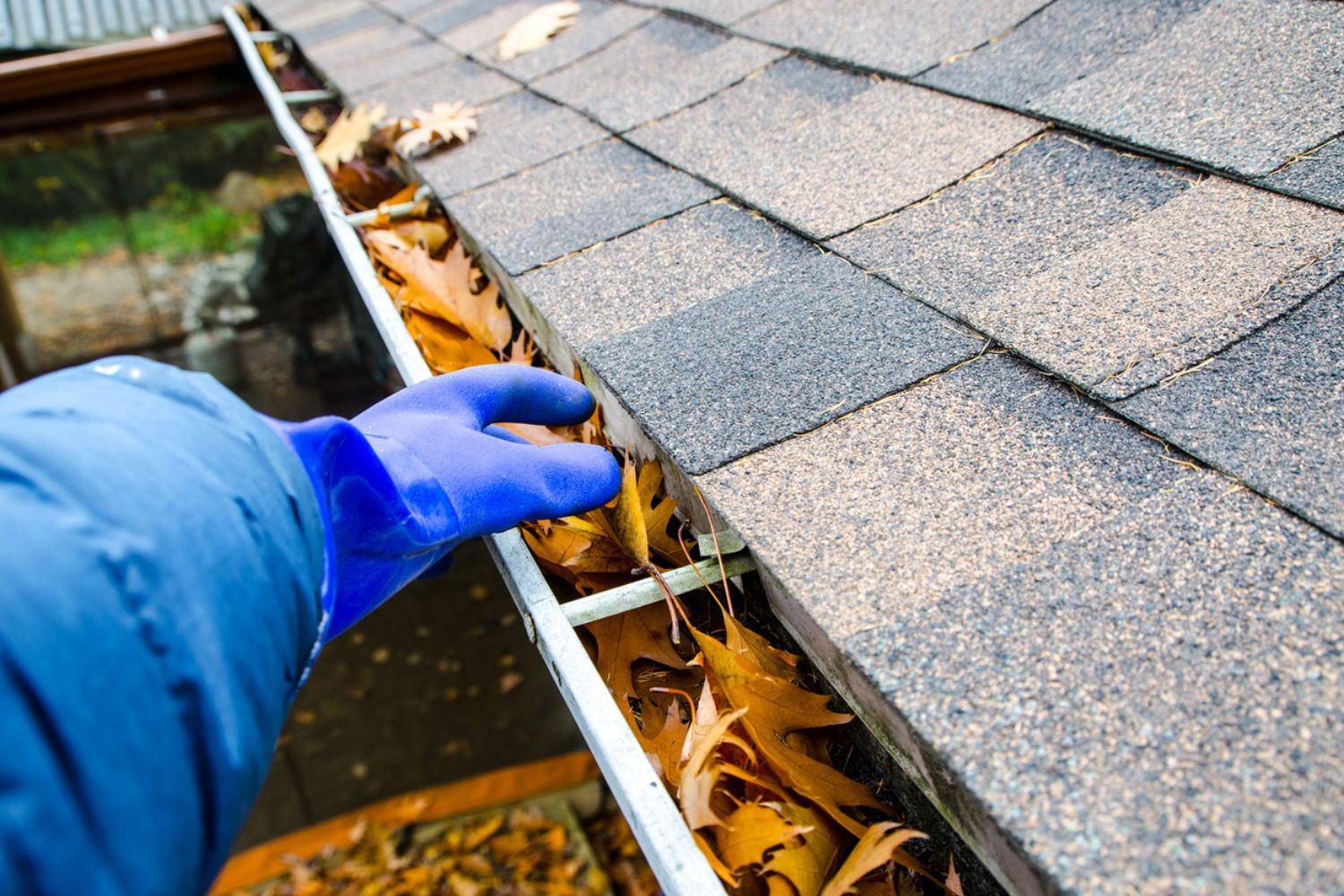

0 thoughts on “6 Tips For Gutter Maintenance To Solve Common Problems”